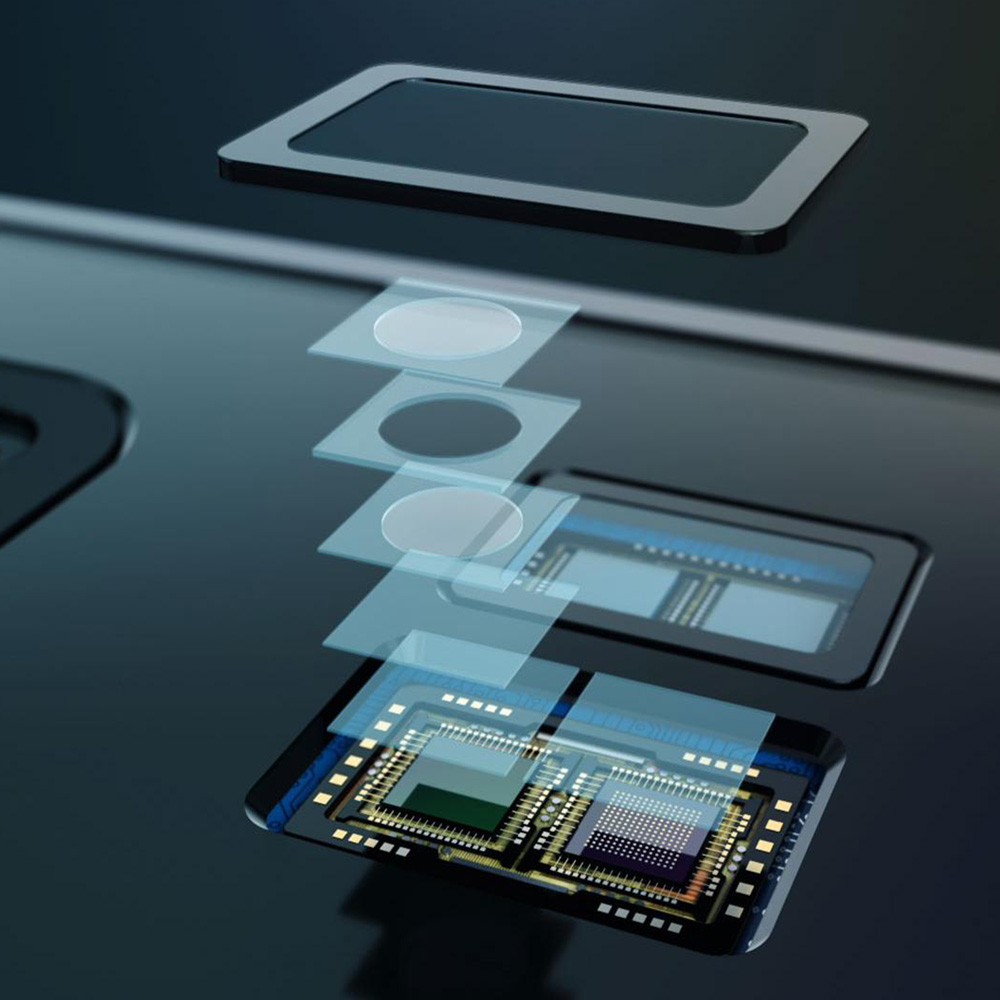In electronics sector, glass is primarily used to fabricate display panels for televisions, computers, and mobile devices.
Glass is an incredible material to build displays and to connect people in a user-friendly and safe way.
Glass mainly covers the external casing. Of course, glass is best suited for this kind of products because of its transparency and resistance, but also because it doesn’t attenuate radio signals, which means that internal antennas can be used. It is a very specific type of flat glass that is used to enable touch-screen technologies. In fact, you are touching flat glass probably more often that you ever thought!

Glass
Crushed Glass
Crushed glass is actually the friendliest hard abrasive on the market. It contains no free silica or toxic metals.
- Crushed Glass Blasting Media is environmentally friendly and appropriate for use near water. With no free silica and its non-toxic chemical properties, it’s safer for your blaster’s health while reducing pollution risks.
- Crushed Glass Blasting media is available in a wide range of sizes and are normally used in blasting cabinets for honing, polishing, peening, blending, finishing, removing light burrs and cleaning away light foreign matter.
- Crushed glass blasting media is good for sandblasting. It cuts through rust, paint and oil. Ideal for blasting auto parts, fibreglass, stainless steel and other sensitive surfaces.
- Crushed Glass is classified as a semi-hard abrasive. It’s aggressive enough to remove many coatings and paints, and with the right technique and approach, it can also be used on fiberglass boat bottoms, some wood materials, commercial masonry, and other sensitive substrates that harder abrasives would ruin.
Glass
CRTs
Glass can be extracted from CRTs (Cathode Ray Tubes) of computer monitors and televisions.
CRTS contains several hazardous substances, such as lead. And this is dangerous to both human health and the immediate environment. This makes it difficult to retrieve a glass from CRTs.
However, there are certain steps are taken to ensure safer CRT recycling.
First, separate the CRT from the monitor or television. Then shred the CRT into small pieces. Remove the metals with over-band magnets. This helps remove ferrous and even non-ferrous objects from that glass.
After this, use washing lines to clear phosphors and oxides from that glass. The last step is called glass sorting. This is where we separate non-leaded from leaded gas.
CRT Glass Recycling Process
-
CRT Separation: Begin by separating the Cathode Ray Tube (CRT) from the monitor or television unit.
-
Metal Removal: Remove all metal components from the CRT to ensure clean glass processing.
-
Phosphors and Oxides Clearing: Clear the glass of any phosphors and oxides to prepare it for further processing.
-
Glass Cullet Segregation: Separate the non-leaded glass cullet from the leaded glass cullet to ensure proper handling and recycling.
-
Glass Cullet Processing: Process the glass cullet into a commodity suitable for use as glass media in various applications.
